There was a lot of concern among readers of DC comics when the company announced a total revamp of its iconic characters in the “New 52.”
Even long-running Superman, Action Comics, Detective and Batman were going to begin again at No. 1 with the main characters recreated with new origins, new relationships and even some personality changes.
I was leery of what they might do, but was pleased when they didn’t go too far with the changes. The basic characters are still there.
Continuity, at least to a basic degree, is important. A character’s origin, history, victories, defeats and relationships are part of what they are.
Although anything can happen in a comics universe it must be recognized that people like a good dose of reality, even in the fiction they read.
I’m convinced the reality people seek in their favorite fictional characters is why Batman is far more popular than Superman. We can identify with Batman.
He’s human.
He’s trained himself through determination, knowledge and skill to do what he does.
Superman? He’s a guy from another planet with power that practically makes him a demi-god. It’s much harder to relate to that, although it’s fun to imagine yourself in his cape.
In the 1960s, Marvel’s Stan Lee, Jack Kirby Steve Ditko and others created heroic characters that were “real,” not the two-dimensional caricatures of heroes found in DC comics at the time that were always right, always stalwart; never showed a “dark side.”
The result was a comic revolution that has continued until this day.
People are complicated. They have many sides to their personalities and fictional characters should reflect that of course. Exploring the depths of a character’s personality is very effective; such as exploring Wolverine’s origin and past.
Continuity in character, personality, history, goals and purpose make a character real to the reader. Someone to relate to and maybe even allow us to learn a little about ourselves and what we may aspire to be.
Who can connect with a Spider-Man, Wolverine or Hulk that has one kind of personality in one book and a totally different personality in another?
Of course, there is plenty of room for change in a character‘s temperament; particularly in differing situations. People change naturally in many ways and examining another side to a character’s personality can make them more appealing.
But continuity in whom and what the character is must remain at least to a very basic degree that defines who they are. Remember the ridiculous sci-fi adventures of Batman in the late 1950s and 1960s. The Bat was out of his element and the stories were ridiculous.
There is nothing wrong with going back and shining a light on a character’s history by adding more detail that make him more interesting, such as what Frank Miller did in “Batman: Year One.”
But when you add detail that damages a character’s history, such as Miller’s making Catwoman a prostitute, you debase the character and the original is lost.
Miller’s revamped origin of Robin in “All Star Batman and Robin” was a waste of paper and ink, saved only by a few good plot elements and Jim Lee’s incredible art work.
I’m also among those that hang my head low when a character “dies” and is then unrealistically resurrected six months later.
Now Damian Wayne is “dead” – at least until he can take a bath in his grandfather’s Lazarus pit.
Jason Todd and Bucky Barnes should never have been brought back. When a character is dead, really dead, they should stay that way. Bringing them back only cheapens the character and the comics genre in whole.
Who wants to see Gwen Stacy raised from the dead to marry the “new” Spider-Man.
Gwen Stacy and The Green Goblin are dead.
May they stay dead.
Of course, comics take place in a universe where just about anything can happen and that’s a lot of fun and a great appeal in the area of graphic entertainment. But if you take that concept too far into unreality and discontinuity, it’s not human any more and much of the appeal is lost.

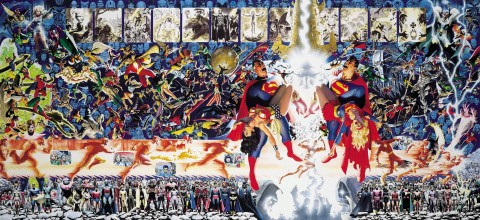
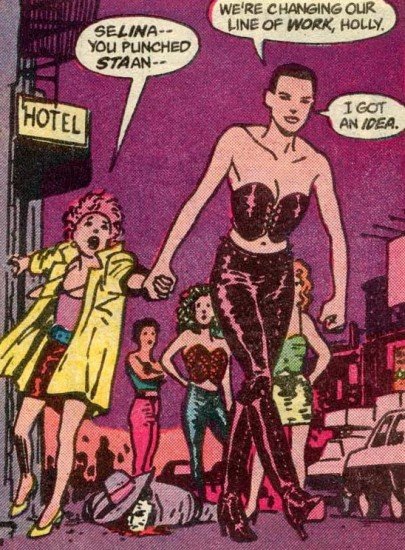
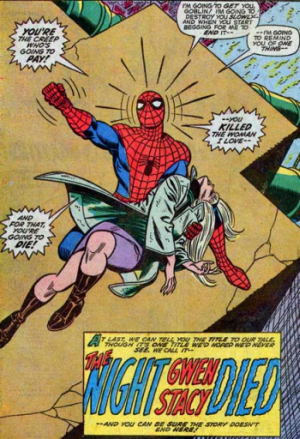
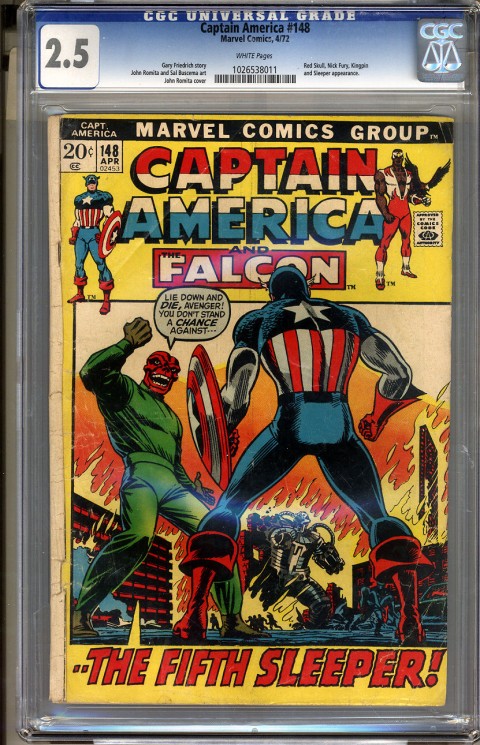
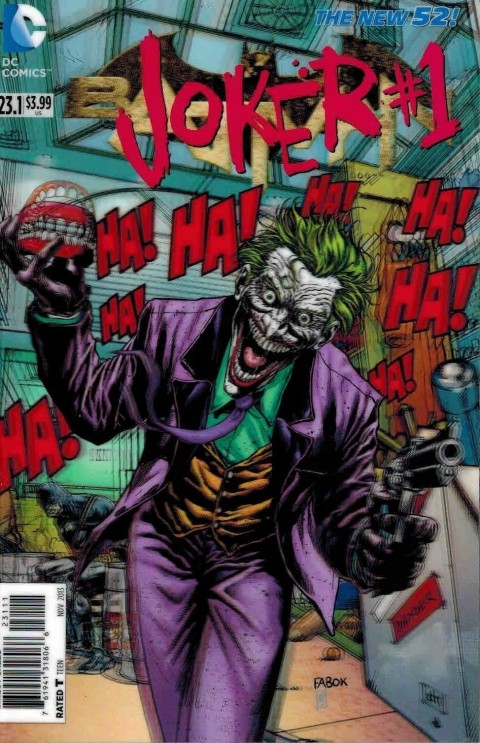
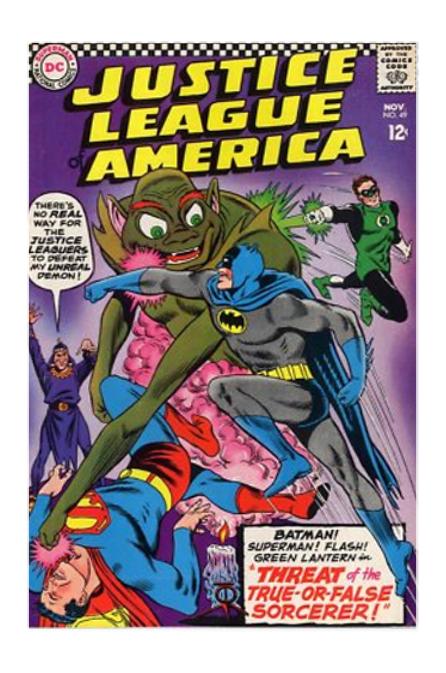
Tom, I agree with you on some of these points except for when it comes to Bucky Barnes.
Ed Brubaker bringing Bucky back from the dead as The Winter Soldier is one of the best comic examples on how to do it right. Not only did he bring him back, but there was enough back story developed that it only made sense to bring him back.
Continuity in comics is a slippery slope. As long as the reader knows there is going to be some tweaks and changes to the continuity, I think it is easier for every one to accept it. As long as I know there are going to be changes before hand, I have no problem with the creator’s shaking things up (but I didn’t used to think that way before).
Hello Ed, I have to agree with bringing back the dead at least to a point. Marvel’s bringing back Captain America and the Submariner (well, Subby wasn’t really dead, he just didn’t know who he was) can be done right. But, Bucky, he needs to be dead, in my opinion of course. There is just too much killing off characters and bringing them back in the last 30 years. It’s a joke now. How long will Damian Wayne be dead? Who knows, but when it’s overdone, and it’s been too overdone, it’s just no longer interesting. Who really cares anymore that the Human Torch “died.” It’s all just a sales gimmick now and it takes advantage of readers. Just too manipulative. It’s DC and Marvel trying to cut into all that money that drives the secondary market with all these collectable No. 1s, major events (manufactured of course), “deaths.” It’s getting to the point to where I just don’t buy new books any more. I buy very few.
I’ve been looking at the data on deaths and resurrections. Look for my article this Thursday, pretty interesting stuff.
I’ll check it out Anthony. Thanks.